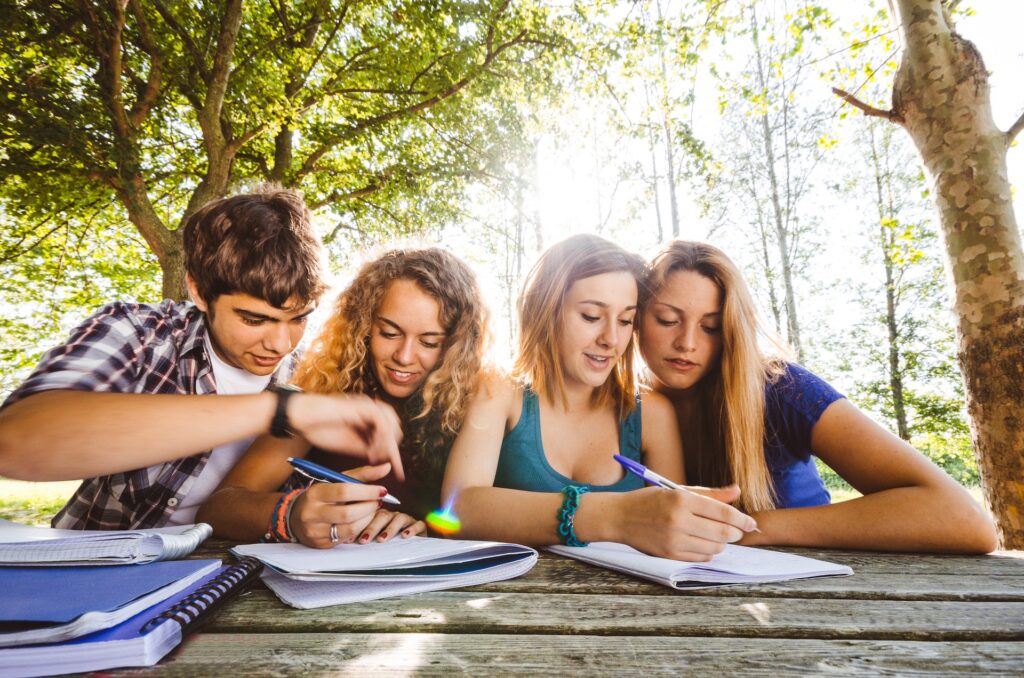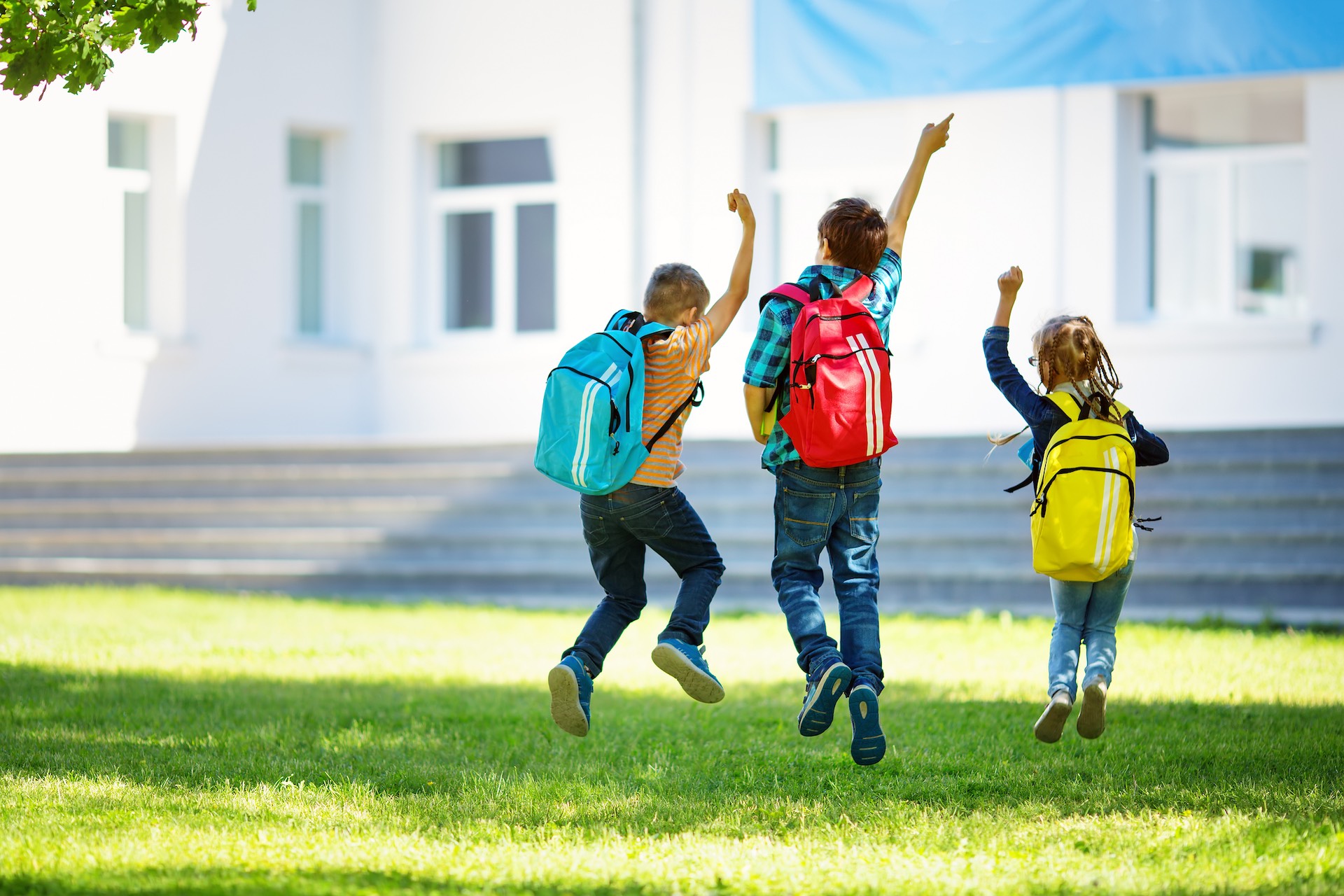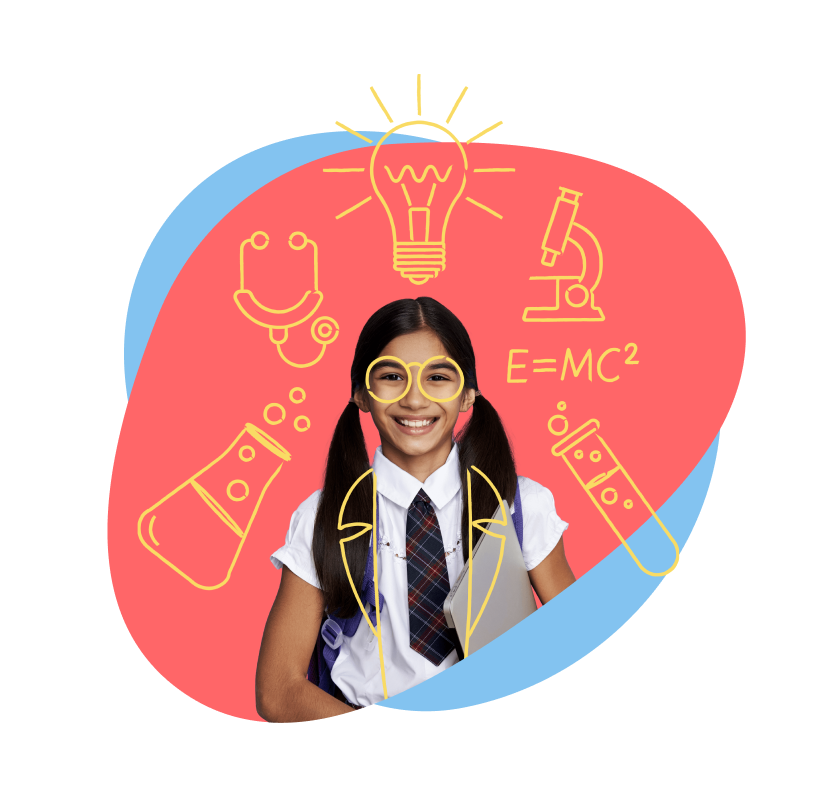What is summer learning loss, and can it be prevented?
Every year, the cycle repeats. After a summer spent chasing butterflies, swimming, working, or just plain lazing about, hundreds of thousands of students file back into their schools after the break, ready for a new school year. Or are they?
Typically when students return to school in the fall after two months of break, they are far from ready to dive back into learning. Students are often unmotivated and struggling to re-adapt to the structure and routine of the new school year. Attention spans are often lower than usual. Engaging students after summer break can be challenging for teachers.
To get students back into learning mode, teachers spend up to a month or more reviewing last year’s materials and catching students back up rather than being ready to learn new concepts. Considering that the average school year includes only 195 days of instruction, spending even 1/4 of that time reviewing last year’s material is less than ideal.
What Can You Do to Prevent Summer Learning Loss?

- Maintain Learning. To avoid the fall gap, help your kids stay sharp over the summer holiday. Kids who are focused and ready in September will learn, integrate, and understand new material immediately. This will allow them to make the most of each school day instead of only half of them.
- Read Regularly. Make sure your children read during the summer. Even if they have a busy social life and a part-time or full-time job, ensure they take time each day to read. Here are some summer reading resources that can help.
- Learn Daily. Set up brief study periods at least every other day. These can be times when your child reviews the most challenging subjects, reads ahead into next year’s material, and organizes for the coming school year. Check out study resources here.
- Take a Summer Program. The best way to help students stay sharp is with a summer program that balances activities with academics to keep thinking, reading, writing, math, and study skills sharp and ready for September. Learn more about summer programs here.
- Balance Fun and Learning. Holidays are essential for relaxation but shouldn’t lead to mental passivity. Make sure that your student has fun and stays active. Activities like family walks, biking, swimming, and fishing help balance relaxation and mental activity.
- Beat Boredom and Get Ahead. Reap the many benefits of summer learning with these 10 amazing summer learning benefits you probably didn’t know.
Summer learning starts here! Get insights on how to keep skills sharp all summer long.
Age-Specific Strategies to Prevent the Summer Learning Gap
Grades 1 to 3
Read, write, and play games that require concentration and memory. Maintain a family journal for the holiday, writing in it every day. Discuss stories, books, and TV shows to encourage active thinking.
Grades 4 to 6
Focus on planning skills. Use a daily planner to organize family activities and responsibilities. Encourage writing with a family journal and reading with interest-specific magazines.
Grades 7 to 8
Make time daily or weekly to maintain learning skills in key subjects such as reading, writing, and math. Get worksheets or workbooks online, download apps, or use school texts. Practise areas that need the most attention.
Grades 9 to 12
Take a summer class or summer tutoring program that focuses on academic weak areas. Without a full course load, students can make major gains in the summer without the regular stresses of the school year.
Bridge the Summer Learning Gap with GradePower Learning
This summer’s challenge is to keep students mentally active and focused throughout the year. Integrating a tutoring program at GradePower Learning can help your children stay sharp and maximize their educational opportunities. Learn more about our summer tutoring program here.





